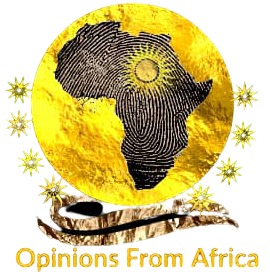A Two Day Paper Presentation By Miss Ini Smart At Opinions From Africa Research Department (#ResearchwithPet) – On Ancient African Writings
Host – Jidechukwu Angela Nwabueze
DAY ONE: January 29, 2021
- ANCIENT AFRICAN WRITING
- TYPES OF ANCIENT AFRICAN WRITING
- NSIBIDI
- BRIEF HISTORY OF NSIBIDI
Do you know that, in ancient times, Africa had their own calendar, constructions, education, government, writing without any help from the colonial masters? Yes they had everything they needed to make life worth living and keep track of time though they were called primitive. We had our indigenous writings, which our ancestors invested. This brings us to the topic of our discussion- Ancient African writings.
What comes to your mind when you hear Ancient African writings?
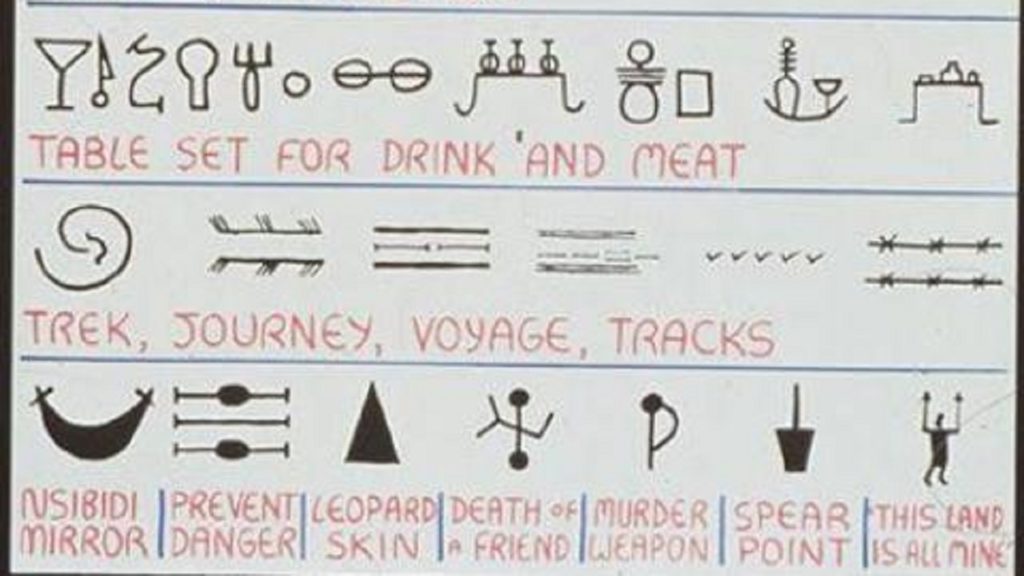
What Is Ancient African writing?
Ancient African writing, were symbols/codes with abstract meanings that our ancestors used for communication. These symbols were drawn on the air as gestures, on the body as tattoo, on the walls as painting, on the wrapper as designs, on the grounds, carved into artifacts etc. There were several ancient African writing such as; Nsibidi, Kemetic Medu Neter (Hieroglyphs), Ge’ez, and others.
Let’s briefly discuss some ancient African writings one after the other
MEDU NETER (hierogys)
Medu Neter means “DIVINE WORDS” or “WORDS OF NATURE” It is the native pictogram writing of the Kemetic people. And has been spoken and written with ink and paper for over 10,000 years.
THE GE’EZ ETHIOPIAN WRITING
Ge’ez, is an ancient Ethiopian sacred language, that originated in the first millennium BC in northern Ethiopia. The first, oldest and original Bible in the world was written in Ge’ez.
NSIBIDI WRITING
NSIBIDI is a symbolic writing system of the ancient Calabar kingdom, what is now known as the southeastern region of Nigeria. The Nsibidi symbols were first found on pottery in the ancient Calabar kingdom around 4th century.
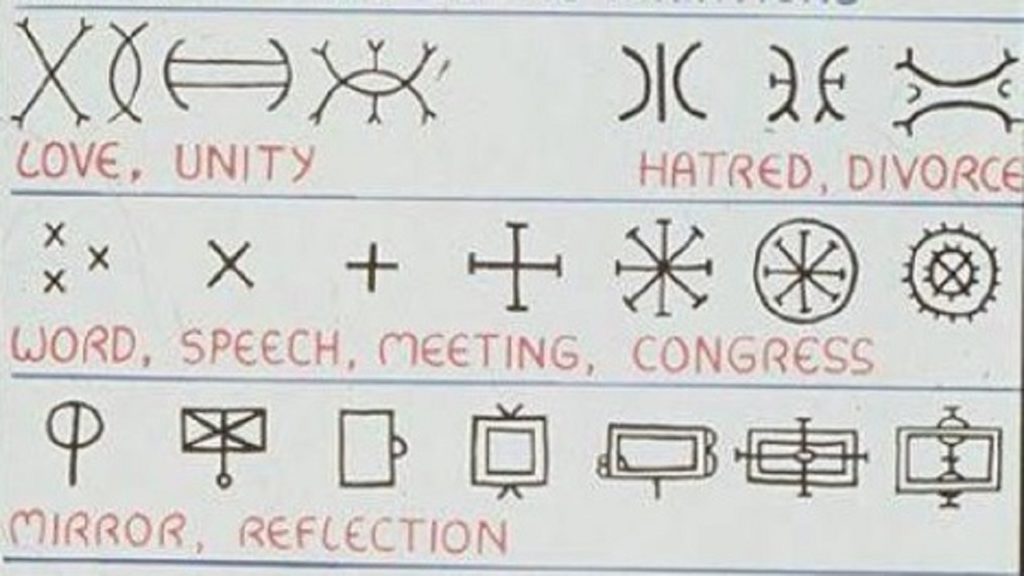
Our major concentration would be the Nsibidi writings- Our very own native writing.
Brief History Of The Nsibidi Writing
NSIBIDI (which is also known as Nsibili, Nsibiri, or Nchibiddi), is a body of symbols, abstract concepts and gestural signs, indigenous to the southeastern Nigeria. Although, there are several arguments concerning the origin of Nsibidi, P. A. Talbot in his work, “In The Shadoes OF The Bush” (1912), affirmed that, the Ekoi (Ejagham) people of Cross River State actually invented the NSIBIDI writing which is corruption of Nchibbidy.
According to history, the Ejagham people came from the southwestern region of Eyumodjok, Manyu division and South Mamfe division of Cameroon, and migrated to southeastern Nigeria. The Ejagham were related to the Efik, Ibibio and Annang tribes of the southeastern Nigeria. And that’s how their NSIBIDI writing was extended to the Efik Ibibio, Annang, Igbo, and other neighbouring tribes.
NSIBIDI is an Ejagham word meaning “cruel letters”. This reflects the cruel nature of the Ekpe government, who were the primary users of NSIBIDI. Around 400-1400 BC by estimation, the Ekpe secret society, then government of the ancient Calabar kingdom before colonization mostly used the NSIBIDI symbols to represent words as a coded language, to communicate and judge cases.
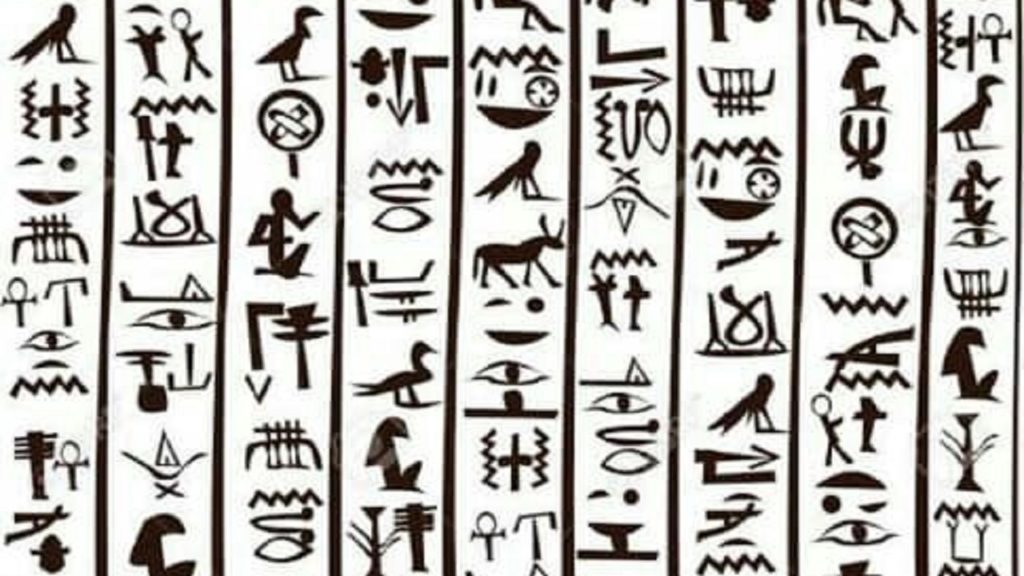
NSIBIDI wasn’t limited to only the Ekpe secret society, though only members of the Ekpe secret society knew the deep interpretation of the NSIBIDI symbols. NSIBIDI was divided into two, a sacred version for the Ekpe secret society, and a public version for the people.
The people of ancient southeastern Nigeria used the NSIBIDI symbols to express themselves. They used it to decorate their bodies as tattoo, to draw on air as gestures, to design walls, calabashes, flutes, leaves, sword, metals, artifacts, clothes (Ukara), etc as calligraphy.
Ukara which was also known as ‘Ukara-Ekpe’, was a woven material design with NSIBIDI symbols, and worn only by members of the Ekpe secret society, and the WHO-IS-WHO of the kingdom because, it was seen as a symbol of wealth and power.We had close to a thousand NSIBIDI symbols, with over 500 recorded. And they were once taught in schools to children, until colonisation came and eradicated its literacy.
……A personal story
Few years ago during familytimes, my family and I were seeing the movie version of MUTANDA UYOM NAMONDO (ancient calabar documentary), my Akwa Ibom and Cross River people can relate. In a particular scene, NSIBIDI was mentioned and my grandma (now late) exclaimed in our fluid Annang’s dialect, “..oh, Nsibidi, I miss writing it…”
With utter surprised I asked grandma what Nsibidi means and how it’s been written? There, grandma defined Nsibidi in her terms. She wrote some symbols of the Nsibidi on my jotter and told me how her own grandma had taught her the writing, and the meaning of each symbols.

The following day, I went to school (I was in Jss2) and asked my teachers about the Nsibidi symbolic writing. But, I was disappointed. None of my teachers had ever heard of Nsibidi before, let alone know its writing. So, I went back to my grandma and she taught me several symbols of Nsibidi. It was just for fun then, after sometimes, I stopped practicing the writing.

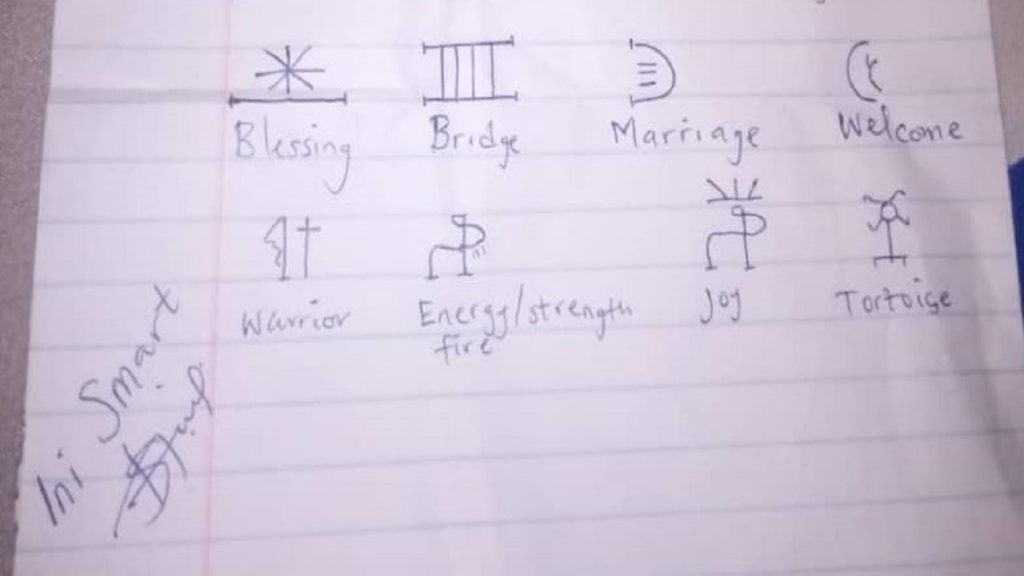
Years after, I forgot about the Nsibidi symbolic writing. Until one-day while seeing Black Panther, I saw the Nsibidi Corporation Symbols in the King’s palace. Immediately, my mind flashed back to my indigenous writings that I’ve abandoned. Remorsefully, I went back to learning more about the Nsibidi symbolic writing. But, by that time my grandma was already gone, so, I went to learn on the internet.
While surfing the internet for Nsibidi, I found out that the writing has been modernized and that, there were several other ancient African writings too. There, I devoted every one hour of my life learning NSIBIDI till date.
I am sharing this to plead with us. Please, do not limit every African history/legacy to book and internet source because, there are lots of histories in our villages that are yet to be in books and the internet. Some of us have been brainwashed to believe that any claims/information with no book or internet sources, is fallacious and not correct.
We forget the fact that, most African histories found in books and internet is mainly slave stories. And slavery was never an African history, slavery only interrupted African history. The accurate African histories are told as folktales from generation to generation. And we only learn them, when we sit at the feet of our elders and hear them tell us the tales untold.
Also, when next you visit your village, do well to sit at the feet of your elders and listen to them talk about your culture, traditions, history, etc. Trust me; you will be astonished at how much you will learn. Only our elders tell the undiluted African histories.
DAY TWO: January 30, 2021
Symbols, Alphabetical Letters And Numbers OF The Nsibidi Writing
Let me quickly say this before I begin:
Colonization drastically diminished the NSIBIDI writing from Africa whereby reducing its literates people to slaves. Some of the NSIBIDI literates’ people who were stolen to Cuba and Hait as the Atlantic slaves begun to practice NSIBIDI symbolic writing again, but this time with another name called Anaforuana and Veve writings.
However, there are claims that, the NSIBIDI symbolic writing birthed the Egyptian Kemetic Medu Neter (Hieroglyphics) writings, the Wakanda writing, the Chinese Kanji writing and others, because, NSIBIDI shares several exact characters with the aforementioned symbolic writings. Also there is archaeological evidence found in Ikom Cross River State, Nigeria that dates back to 2000 B.C.
Nevertheless, the truth or falsity of these claims is not as important as the fact that African writings were for African continuity. Some of us have been brainwashed to believe that any claims/information with no book or internet sources, is fallacious and not correct.
We forget the fact that, most African histories found in books and internet is mainly slave stories. And slavery was never an African history, slavery only interrupted African history.
Now, let’s look into the writing of NSIBIDI
Currently, there are two types of Nsibidi symbolic writing, the ancient Nsibidi invented by our ancestors, and the modern Nsibidi by our African sister, Lotana Igwe-Odunze. The ancient Nsibidi, were mainly symbols, while the modern Nsibidi is alphabetical. Like I mentioned, the ancient Nsibidi were symbols, here are some of its characters and their meanings.
Let started with the ancient Nsibidi


These were how our beloved ancentors communicate in ancient times.
Today, the Nsibidi symbolic writing has been simplify for you and I. All thanks to Lotana Igwe-Odunze.
The modern Nsibidi writing is alphabetical and numerical. You can write with it. It’s simple and comprehensive. Sometimes I write my diary in modern Nsibidi so no one will read it. You too can.

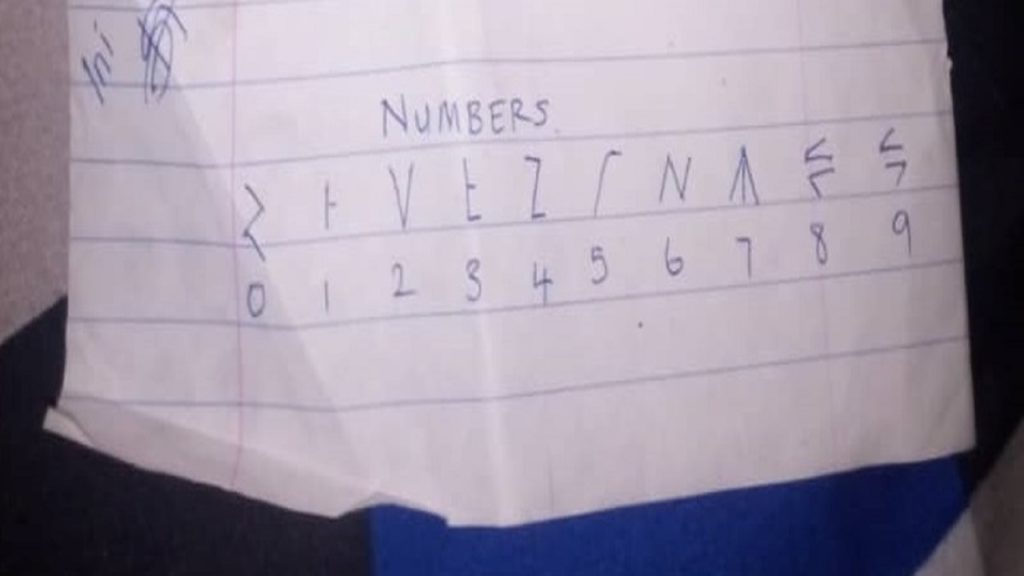

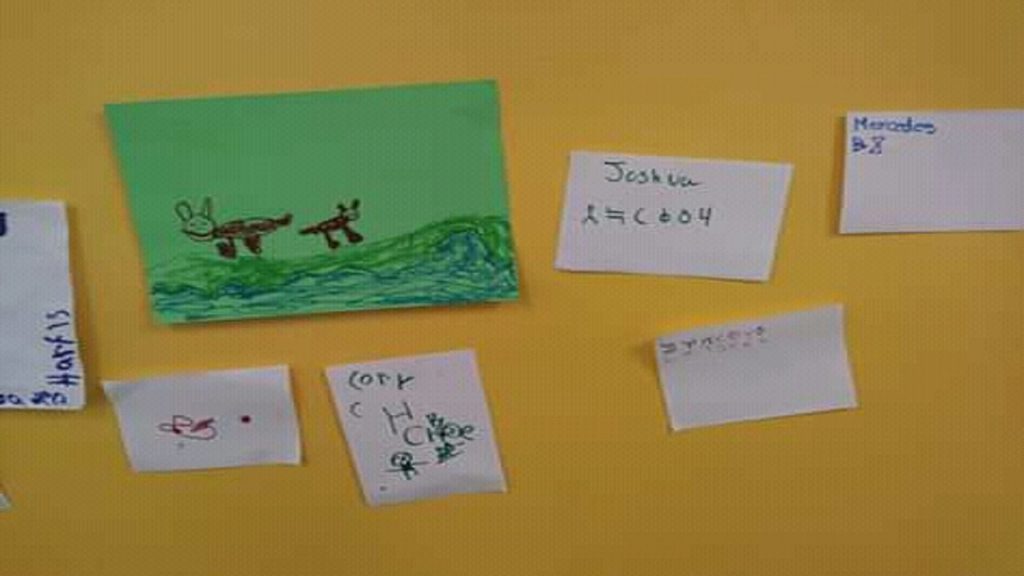
For further reading, visit HERE
Also read the AKATA WITCH NOVELS too.
